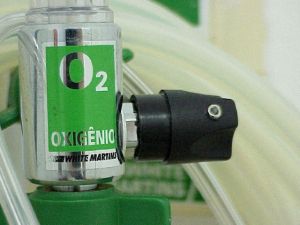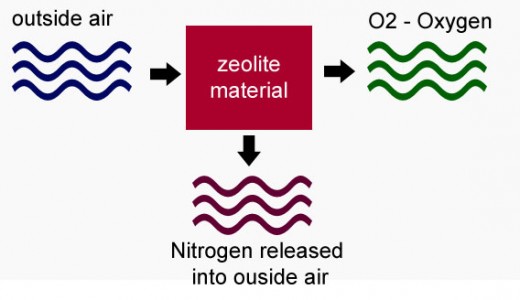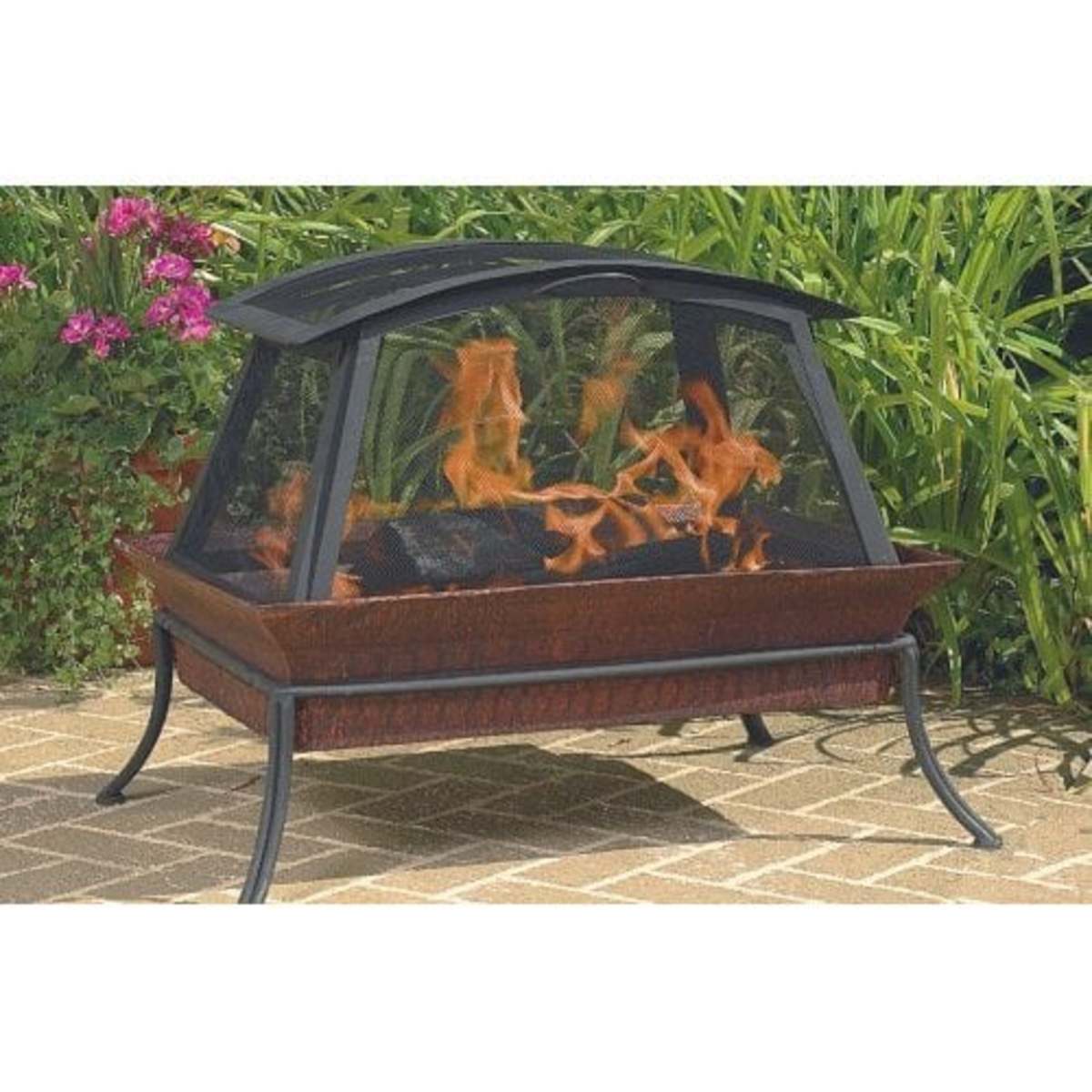All About Portable Oxygen Concentrators

Overview
Many people find it a necessity to seek the use of an oxygen
concentrator to help with their various breathing difficulties. This
could be due in part to the amount of pollutants in our atmosphere. The
oxygen producing machines have come a long way in their technology and
development; no longer must a person feel the need to be confined to
their home because they do not wish to deal with a bulky portable unit,
or the heavy oxygen cylinders that required a small cart to hold them.
While the old fashioned portable oxygen devices allowed for a certain
amount of mobility, the obvious problem, aside from bulkiness, was the
time constraint they placed on your mobility. The portable machine
required refilling while the cylinders, already filled, were limited on
the amount of oxygen they contained. Both would hold approximately two
hours worth of air, although the cylinders made extended trips out more
easily managed because you could carry more than one and change it out,
this was still a time consuming and stressful operation because of the
size and weight. Thanks to the advances we have now this is no longer a
problem that presents an issue for people who require oxygen thanks to
the portable oxygen concentrator.
Oxigen Concentrators
What is oxygen concentrator?
Many people wonder how an oxygen concentrator works if it does not
utilize compressed oxygen, the answer is simple. The standard design has
two cylinders that are both filled with a zeolite material that absorbs
the nitrogen in the air. The air is processed in cycles, flowing
through one cylinder at a pressure of around 20 psig, the nitrogen
molecules are held by the zeolite. While this process is taking place
the other cylinder is then vented off to the ambient atmospheric
pressure, this allows the trapped nitrogen to dissipate. Basically, the
air around the device is brought in and filtered, allowing only pure
oxygen to be released from it.
The typical units have cycles of around 20 seconds, this will allow a
continuous supply of oxygen to flow at a rate of approximately 5 liters
per minute or LPM”S, at levels of concentration of anywhere from 50 to
95%. This process if referred to as pressure swing absorption or PSA.
These devices have been available for patients who require a higher flow
and, surprisingly, the sizes of the devices are not much larger or
heavier than 5 LPM concentrators
Oxygen Concentrator How it Works

Video: How to Operate Oxygen Concentrator
Health Books
Portable oxygen concentrators
The portable oxygen concentrator has been in use since around 2000. These devices typically produce less than one LPM of oxygen and use a version of pulse flow or demand flow to deliver oxygen. The way this works is that the oxygen is not constantly flowing, only when the patient is inhaling is the flow working. The only draw back to this type
of device is that there are only a few portable oxygen concentrators that produce at least 3 LPM of continuous flow oxygen. However, with the
demand flow the device is able to either provide higher flows or are able to reduce power consumption. Portable oxygen concentrators typically use electricity from a wall outlet and can also run on batteries.
People who find portable oxygen concentrators of the most use are those who wish to travel. The FAA has approved these devices on commercial airlines, just check to make certain that your brand and model is permitted on a particular airline. While these types of devices are very
versatile the demand or pulse flow concentrators should not be used while a patient is sleeping, especially is the nasal cannula moves in such a way that the concentrator is not able to detect when a patient is
inhaling
Purchasing these types of units can typically range in the neighborhood of around $800 for the heavier devices and less for the portable ones. The choice of whether you rent or buy is usually based on your doctor’s diagnosis of your condition as well as you insurance companies’ policy in such situations. If you are paying for the expense yourself, you will want to give consideration as to the length of time your condition is expected to last and the types of services the supplier is willing to offer. Renting can offer you the convenience of maintenance should your device need it, while buying means if it breaks you’re responsible for fixing it.
Video: Troubleshooting of Home Oxygen Concentrator
My Health Related Hubs
- Laser Hair Removal At Home
Many people, both men and women, suffer from some type of unwanted body hair and wish to get rid of it permanently. While there are several methods that can be used such as tweezing, waxing and... - Sedation Dentistry
Sedation dentistry. Sounds like the very reason a person would not want to see a dentist, doesn't it? The truth of the matter is that sedation dentistry is solution for individuals that suffer from dental... - Laser Eye Surgery Procedure
Laser eye surgery is the surgical procedure in which laser light (light amplification by stimulated emission radiation) is used to correct the shape of a patient's eye curvature in order to improve vision so... - Laser Teeth Whitening
Tooth whitening can help you achieve that gorgeous, drop dead smile that everyone notices. You'll steal the heart of many and be the envy of the rest with the new smile you have found. Various methods of...







